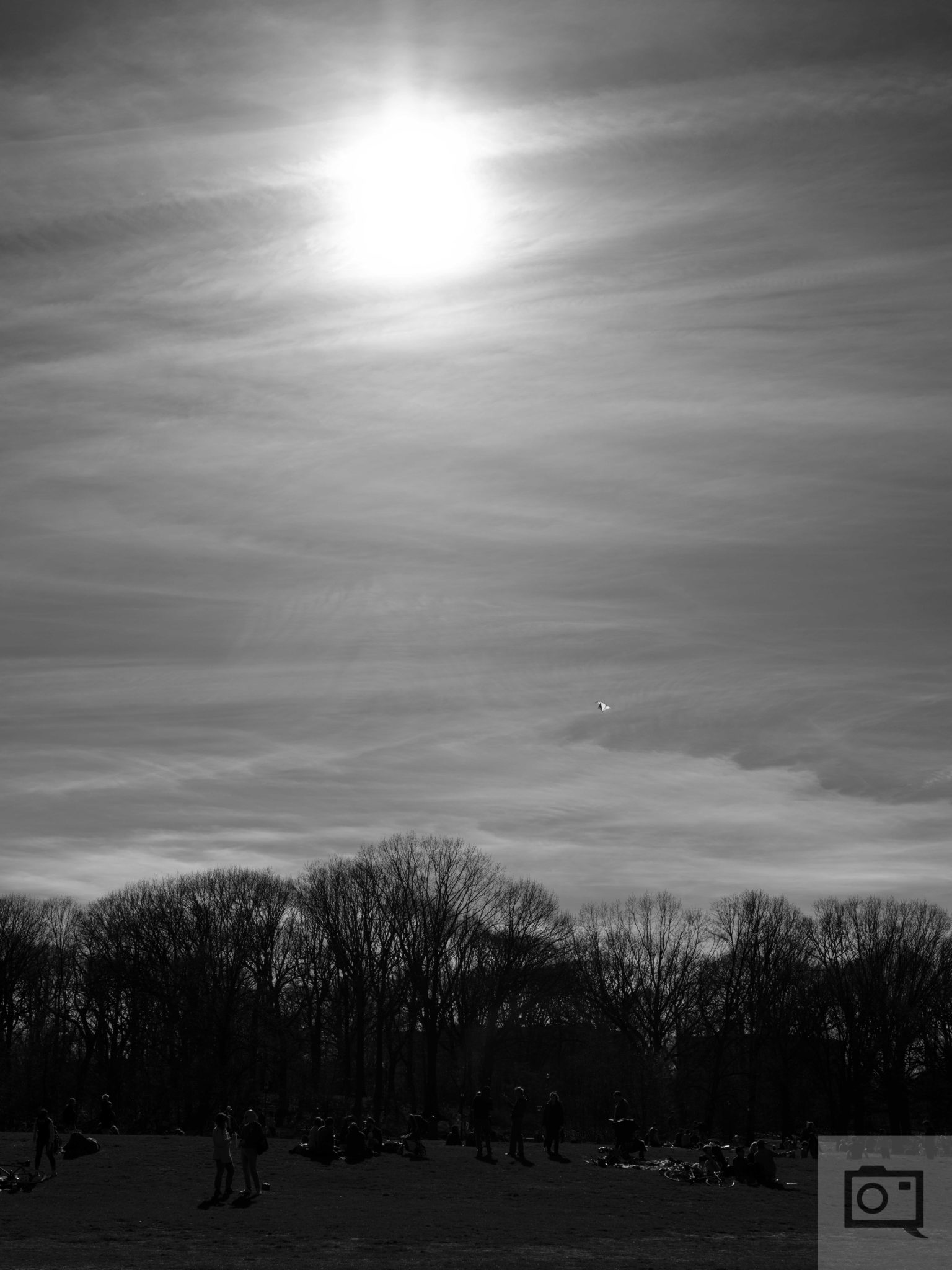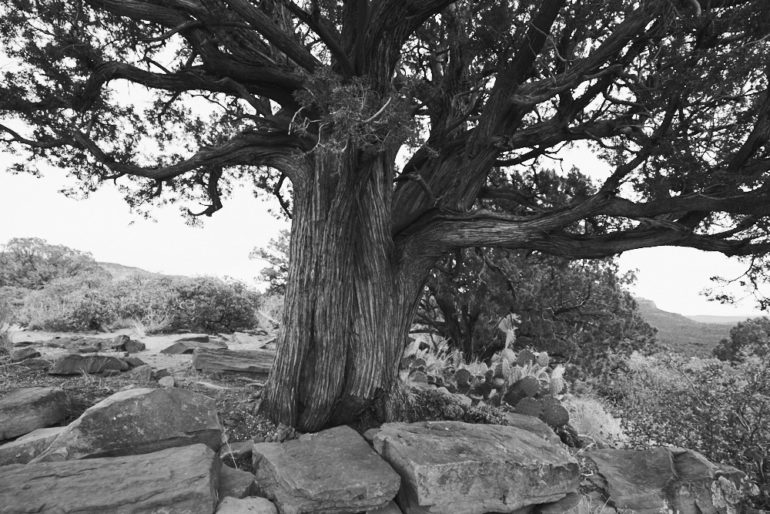Last Updated on 10/01/2020 by Chris Gampat
Photographer Ansel Adams specialized in landscapes and the development process–and less so on the art of photography.
This piece is written after some very careful thinking about Ansel Adams. He’s a celebrated photographer who took a lot of photos during his time. But, what made him famous more than anything else could perhaps be his development process and his prints. He’s one of the creators of the Zone system, and that translated into the work he conducted in the darkroom. But think carefully: what makes his work different than someone who specialized in laboratory work? Surely, anyone could have shot these same photos, right? But not everyone could have developed the images to be the same, which further means that without the process he created in the darkroom, his images wouldn’t have been anything special.
When you think of Ansel Adams and talk to photography history nerds about his work, they mostly focus on his landscape work. That’s fair enough; Adams’ landscape photography focused on the precursory idea of HDR (High Dynamic Range) imagery. His contributions to the landscape photography world are great due to his work in the darkroom. The man was, by all means, a chemist! Anyone else could have shot those images, but only he knew how to develop and get the most out of them. His other work, such as what he did at Japanese Internment camps, was very lacking. In fact, it earned criticism and isn’t as praised as his landscape work.
“The photographs document a number of things: families getting onto trains, the conditions, first hand accounts, reintegration into American society, acts of defiance, etc. It includes images from a number of Japanese photographers such as Toyo Miyatake who was incarcerated himself, caught, and then turned into a photographer whose job it was to document what was happening. There are images by Dorothea Lange and Ansel Adams. When you hear those names you’re bound to perk up. Lange’s images are very token to her style while Adams’ are different from the landscapes many people know him for. Adams decided to find a way to humanize, personify, and show the prisoners (because let’s be honest, that’s what they were) as proud people. His intentions seemed genuinely good but he faced criticism from others for not apparently doing enough to depict just how terrible the conditions were.” from International Center of Photography’s Newest Exhibits Question Government Decisions
Why aren’t Adams’ other types of work as praised as his landscape photography? Maybe he just couldn’t photograph people and do documentary work? If he could, then his processes with the zone system could have easily applied, no? Well yes, but it surely wouldn’t have been as effective due to the fact that landscapes are a different subject matter. Ansel could have simply shot those landscape images, but the magic of them wouldn’t have come out without his processes in the darkroom. Part of that was a holistic process that involved shooting specifically for the editing process. Much of that is still done today with modern landscape photography.
To that end, I’d like you to join me in questioning the process.
- If a person shoots a portrait of someone and leaves it as is, it’s simply a portrait that came out of the camera. But, if that photographer worked in post-production to develop it into something else, are they still a photographer who worked to make the magic happen in camera, or are they inherently tied to the editing process?
- Going further with that question: that same photographer (A) could take another photographer’s photo (B) that they’re working with and process it to also make it better. In that case, Photographer A is just the photo editor, and the magic came out with their editing process.
- Photographer A could shoot a portrait, and photographer B could edit it. And it still wouldn’t come out the same due to how photographer A edits.
- Photographer A therefore is then a better photo editor than a photographer.
- There are tons of people who are better editors than they are photographers. And that’s okay.
With all this said, apply it to Ansel Adams and let’s bring Sebastiao Salgado into play.
- If Ansel shot a landscape photo, and developed it according to the Zone system on a glass plate, then the image would come out the way he specifically wanted it to be realized and printed. In fact, Ansel’s magic came out in the printing process.
- If Ansel shot an image, and Salgado then developed it in his own way, it wouldn’t be the same as what Ansel might have developed it into.
- If Salgado shot and image, and Ansel developed it, it wouldn’t be the same as what Salgado might have developed it into.
- If Salgado shot and develop the image himself, the image would be really Salgado’s.
They’re both different photographers and, for them, the magic came out in processing that wasn’t possible in-camera. But these days, so much is possible in-camera. And now for a final question: are you more of a photographer or a photo editor? Can you make magic happen in-camera without the need to edit your photo? Do you absolutely need the editing process to make your images magical?



